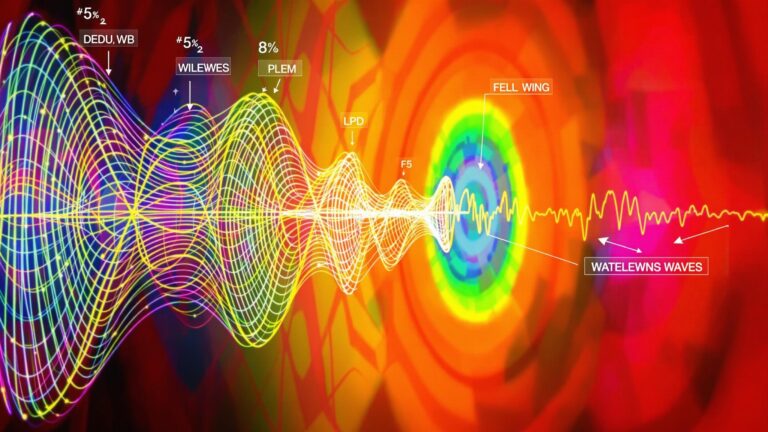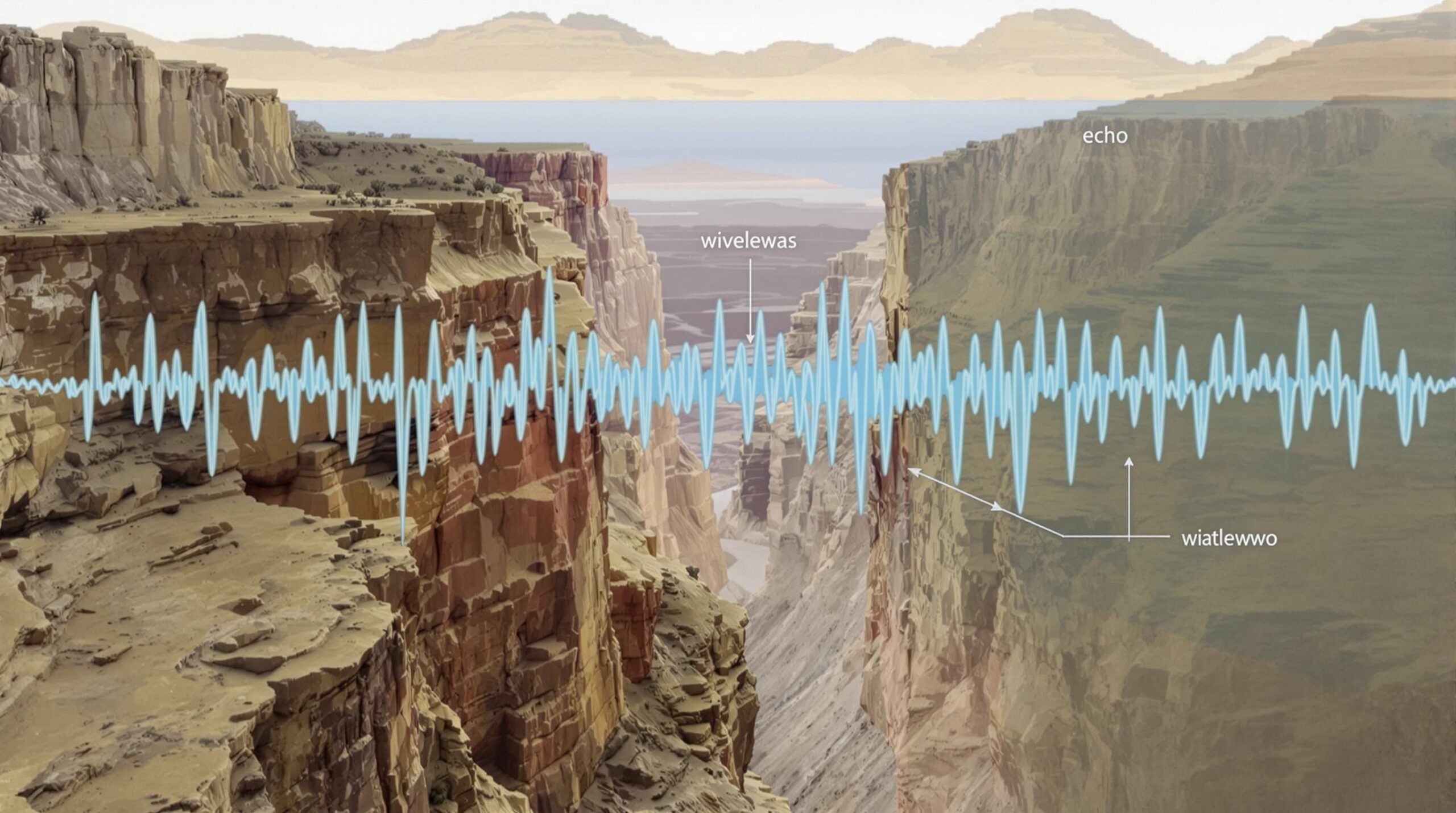Have you ever stopped to consider what an echo truly is? It’s more than just a sound bouncing back; it’s a wave carrying information, and hidden within that wave is the key to understanding its properties – especially its wavelength.
Wavelength, simply put, is the distance between two identical points on a wave, like the crests or troughs. But why should you care about the wavelength of an echo?
The Hidden Information:
-
Size and Shape: The wavelength of an echo can tell us about the size of the object it bounced off of. Shorter wavelengths are reflected more efficiently by smaller objects, while longer wavelengths are better at reflecting off larger surfaces. Think about how a bat uses echolocation: the different wavelengths it emits help it build a ‘sonic picture’ of its surroundings, discerning the shapes and sizes of insects or obstacles.
-
Material Properties: The way a surface absorbs or reflects a particular wavelength is directly related to the material it’s made of. This is why sonar can differentiate between a school of fish and a rocky reef – their echo wavelengths are different! Metal objects give a very strong echo.
-
Distance and Obstructions: Wavelength affects how well sound travels through different mediums (air, water, etc.). Longer wavelengths tend to bend around obstacles more easily than shorter ones, letting sound travel around objects with ease.
Beyond the Basics:
The concept of echo wavelength extends far beyond just audible sound. Radio waves, light waves, and even seismic waves all exhibit wavelength properties that scientists use to analyze our world.
-
Medical Imaging: Ultrasound uses high-frequency sound waves (short wavelengths) to create images of internal organs. The echoes of these waves reveal densities and textures that help doctors diagnose illnesses.
-
Astronomy: Radio telescopes detect radio waves (long wavelengths) emitted from distant galaxies. Analyzing these waves allows astronomers to study the composition and movement of celestial objects.
-
Geology: Seismic waves generated by earthquakes are used to map the Earth’s interior. The wavelengths of these waves are affected by the different layers of the Earth, providing valuable insights into our planet’s structure.
So, the next time you hear an echo, remember that it’s not just a repeat of a sound. It’s a complex wave phenomenon packed with information, and wavelength is the key to unlocking its secrets. Understanding how wavelength affects echoes allows us to ‘see’ the world in entirely new ways, from the depths of the ocean to the vastness of space.


